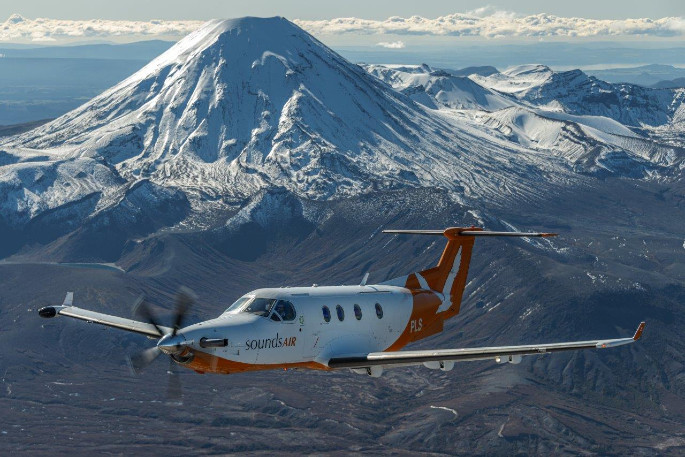This Content Is Only For Subscribers
Recently, the Commerce Commission report has raised questions about whether major airport investments are really delivering long-term benefits for Kiwi consumers.
For smaller regional carriers, their Targeted Review of Airport Regulation findings reinforce what they have been experiencing for years: escalating costs, shrinking margins, and routes quietly disappearing from regional maps.
Sounds Air managing director Andrew Crawford says the pressure has been relentless. “Landing fees first six months FY2025 compared to same period this year up 37.5%. Airways up 15.8%. CAA up 135%,” he says.
“Airfares over same period … stagnant.”
The imbalance is dramatic From December 2019 to September 2025, Sounds Air’s average fares have risen only 20.6 percent – an average of 3.43 percent a year, while the cost of doing business has soared. “I haven’t even mentioned fuel up 45% on the 10-year average pre-Covid,” says Andrew. “Engines up 70% since Covid. Forex USD-NZD (parts and engines) Supply chain, Parts costs are dire too.” he says
The results speak for themself in the flight schedule itself. “Wellington to Taupo – gone. Wellington to Westport – gone. Blenheim to Christchurch – gone. Christchurch to Wānaka – gone,” he says. “Six planes sold, all leaving New Zealand.”
He confirms Sounds Air has had to absorb increased airport fees and capital-cost pass-throughs that directly affected both fares and route viability and that cost burden of airports puts regional carriers at a disadvantage compared to larger airlines.
Sounds Air warn that unless the cost structure changes, the next flight to vanish might be one more link between small-town New Zealand and the wider world, however the Commerce Commission has rejected calls for a formal inquiry into airport regulation and will instead focus on the existing framework.



